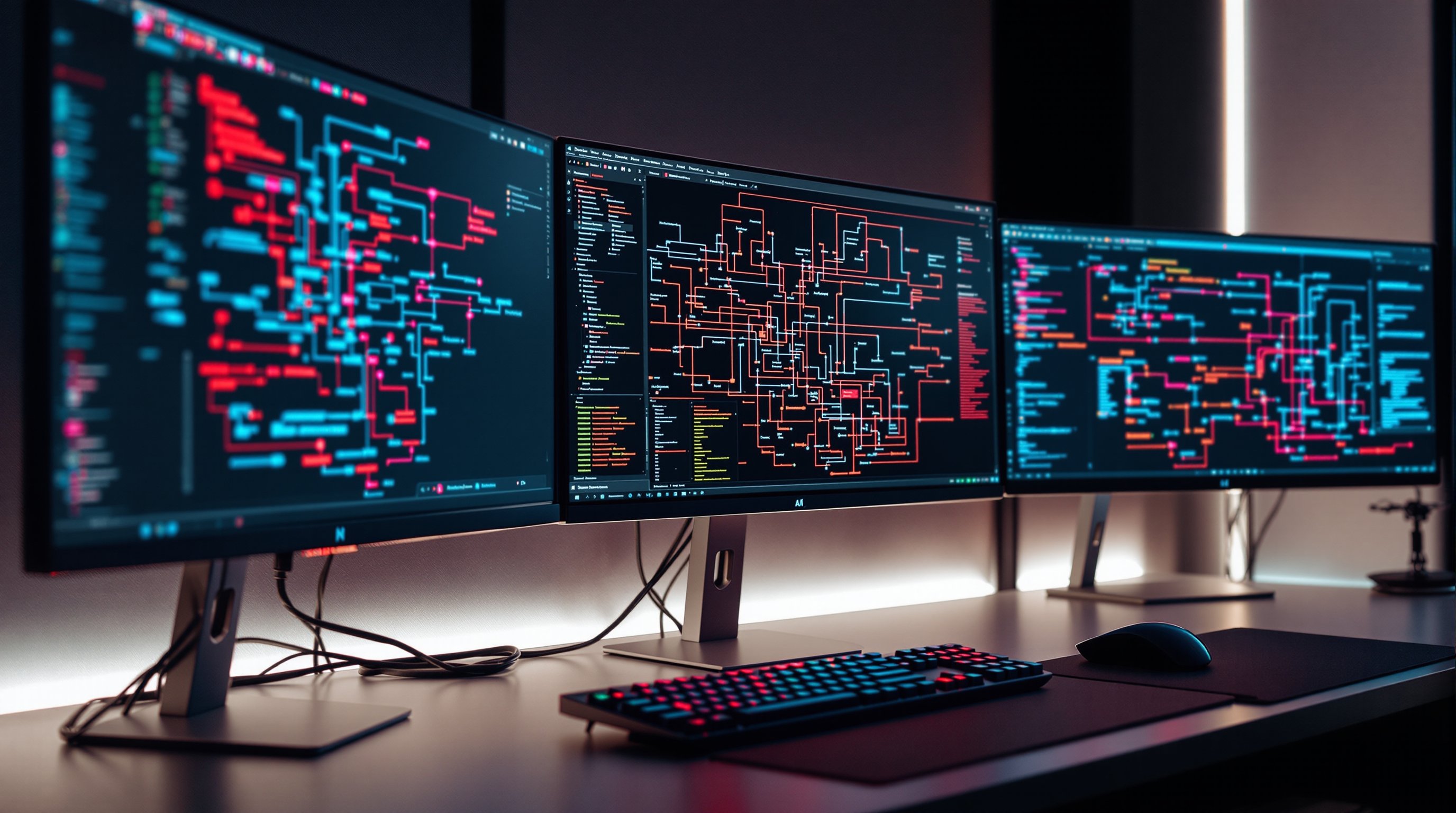Node-RED Tips and Tricks for Power Users
 DensTechDen
DensTechDen
Node-RED is a powerful tool for wiring together hardware devices, APIs, and online services in new and interesting ways. While it's user-friendly for beginners, power users can leverage its full potential with some advanced tips and tricks. Here are some strategies to enhance your Node-RED experience.
1. Use Subflows for Reusability
Subflows allow you to encapsulate a group of nodes into a single node, making your flows cleaner and more manageable. This is particularly useful for repetitive tasks. To create a subflow, select the nodes you want to include, then click on the "Create Subflow" button.
Benefits of Subflows:
Reusability: Use the same logic in multiple places without duplication.
Maintainability: Update logic in one place and have it reflected everywhere.
2. Leverage the Function Node
The Function node is a powerful feature that allows you to write custom JavaScript code. This can be used to perform complex operations that are not possible with standard nodes.
Tips for Using Function Nodes:
Modular Code: Break down your code into smaller, reusable functions.
Error Handling: Implement try-catch blocks to handle errors gracefully.
3. Optimize Performance with Link Nodes
Link nodes help in connecting different parts of your flow without cluttering the workspace with wires. This is especially useful in large projects.
How to Use Link Nodes:
Link In/Out: Use these nodes to send and receive messages between different parts of your flow.
Organize Flows: Keep your workspace tidy by reducing the number of visible wires.
4. Utilize Context Data
Node-RED provides three types of context data: node, flow, and global. Understanding how to use these can greatly enhance your flow's capabilities.
Context Data Tips:
Node Context: Use for data that is only relevant to a single node.
Flow Context: Use for data that needs to be shared across nodes in the same flow.
Global Context: Use for data that needs to be accessible across all flows.
5. Debugging Techniques
Effective debugging is crucial for developing robust Node-RED applications. Use the Debug node to output messages to the debug sidebar.
Advanced Debugging Tips:
Verbose Output: Enable verbose output to get more detailed information.
Conditional Debugging: Use the Switch node to only send messages to the Debug node under certain conditions.
6. Explore the Node-RED Library
The Node-RED library is a treasure trove of user-contributed nodes and flows. Exploring this library can save you time and effort.
How to Use the Library:
Search for Nodes: Find nodes that suit your needs and install them directly from the library.
Contribute: Share your own nodes and flows with the community.
Conclusion
By utilizing these tips and tricks, power users can significantly enhance their Node-RED workflows. Whether it's through optimizing performance, reusing code, or effective debugging, these strategies will help you get the most out of Node-RED.
Happy wiring!
Subscribe to my newsletter
Read articles from DensTechDen directly inside your inbox. Subscribe to the newsletter, and don't miss out.
Written by
